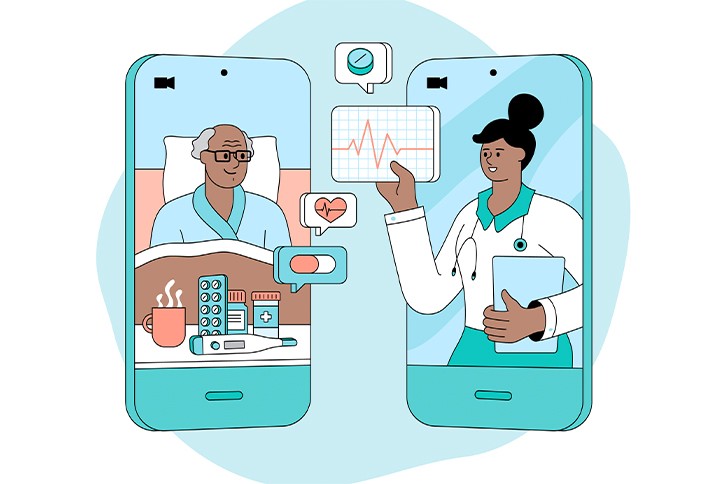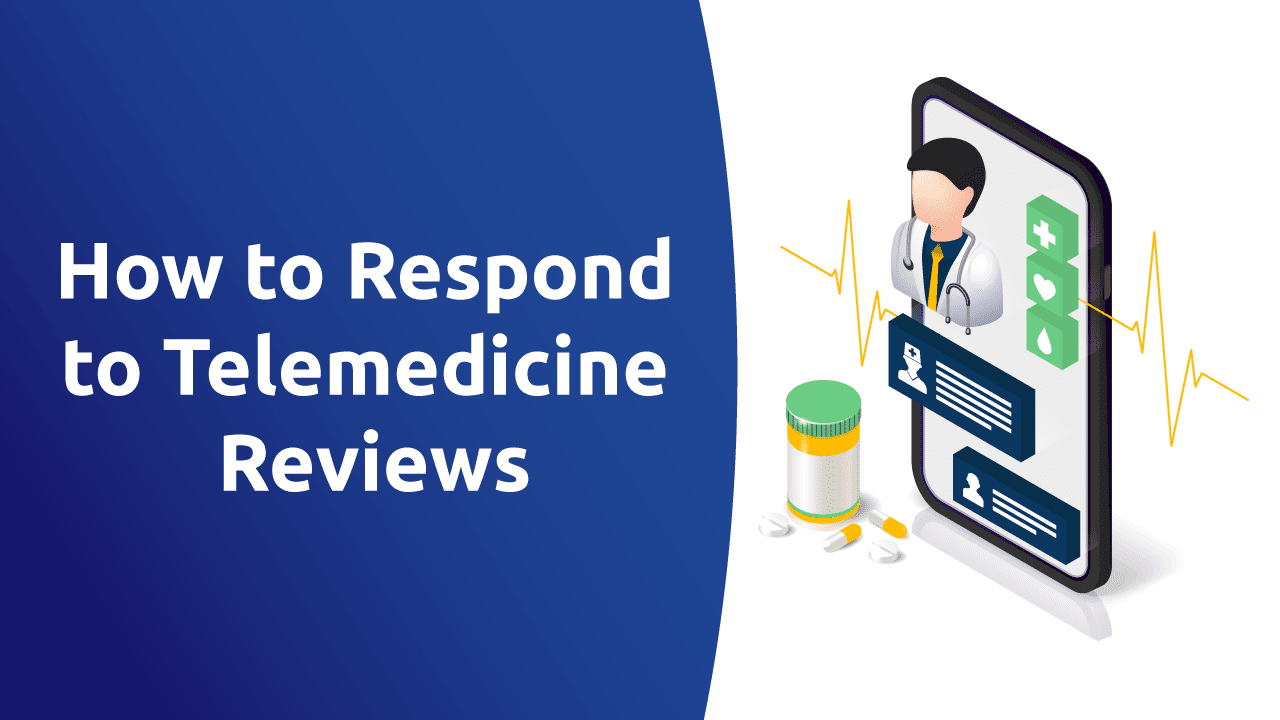In-depth Telemedicine Reviews: Discover the Best Options for Remote Consultations
In-depth Telemedicine Reviews: Discover the Best Options for Remote Consultations
Blog Article
Accepting Telemedicine: Changing Medical Care Shipment for a Modern World
As we navigate an era identified by rapid digitalization and evolving person requirements, the assimilation of telemedicine right into standard health care techniques offers a compelling proposition. In exploring the implications and complexities of embracing telemedicine, a nuanced understanding of its complex influence on health care distribution in the modern-day world becomes imperative.
The Development of Telemedicine
Telemedicine has gone through considerable evolution over the previous couple of years, transforming the landscape of healthcare delivery. Developed to bridge the space between healthcare providers and clients in remote locations, telemedicine has actually now broadened its reach to provide a large range of clinical solutions through technical advancements.
In the onset, telemedicine largely entailed consultations through telephone or video conferencing. Nonetheless, with the expansion of digital devices and systems, healthcare experts can currently remotely keep track of vital signs, conduct digital evaluations, and even carry out particular clinical procedures. This change in the direction of even more comprehensive digital treatment has reinvented the method healthcare is provided, making it a lot more hassle-free and accessible for clients.
Moreover, the combination of electronic wellness records (EHRs) and telemedicine has actually boosted coordination amongst medical care teams, leading to a lot more efficient and joint patient care. Telemedicine reviews. With the ongoing advancements in expert system and remote tracking devices, telemedicine is poised to continue evolving, offering ingenious remedies to boost healthcare end results around the world

Advantages of Telemedicine Fostering
As the usage of telemedicine has increased to include a wider spectrum of technological capabilities and medical services, the benefits of its adoption in contemporary health care distribution have become significantly obvious. One of the main advantages of telemedicine is increased access to medical care services, particularly for people in underserved or remote areas.
Moreover, telemedicine can result in improved wellness results through boosted treatment sychronisation. With the capability to easily share medical records and collaborate with professionals, doctor can provide even more timely and comprehensive treatment. This streamlined method can result in faster medical diagnoses, reduced health center admissions, and better management of chronic problems. In addition, telemedicine can help reduce pressure on traditional health care systems by lowering congestion in facilities and hospitals, ultimately enhancing overall performance and person complete satisfaction.
Conquering Telemedicine Difficulties
Addressing the challenges fundamental in incorporating telemedicine into existing medical care systems offers a crucial yet surmountable obstacle for medical care providers worldwide. Persuading conventional health care suppliers to embrace telemedicine needs thorough training programs and continual assistance to make sure smooth integration.
Additionally, regulative barriers and compensation constraints present significant obstacles to the widespread implementation of telemedicine. Numerous state and nation policies concerning telemedicine methods develop a complicated setting for suppliers to navigate. Reimbursement policies that do not properly compensate for telemedicine services can prevent medical care organizations from spending in this innovative approach to care shipment.

Enhancing Patient-Provider Interaction
Navigating the landscape of telemedicine difficulties lights up the vital demand for improving patient-provider communication in modern-day health care delivery systems - Telemedicine reviews. Reliable interaction exists at the heart of high quality medical care arrangement, and in the realm of telemedicine, where physical cues might be restricted, compassionate and clear communication comes to be much more paramount
Enhancing patient-provider interaction in telemedicine includes various approaches. Establishing rapport and depend on via original site energetic listening and empathy can aid foster a strong patient-provider relationship. Using safe and secure messaging systems or teleconferencing tools can facilitate regular and convenient communication between people and providers. Offering clear instructions, setting realistic assumptions, and ensuring open lines of communication for follow-up inquiries can improve the general patient experience in telemedicine.
Future Trends in Telemedicine
Preparing for the evolution of telemedicine, improvements in technology and medical care shipment systems are paving the means for cutting-edge techniques to patient care. One of the future fads in telemedicine is the combination of synthetic intelligence (AI) and equipment discovering algorithms to boost diagnostic capacities.
Furthermore, the development of telemedicine services to underserved rural and remote areas is a vital pattern. By leveraging telemedicine, doctor can reach individuals in remote areas, enhancing accessibility to quality treatment. An additional pattern is the continued development of remote surveillance devices and wearable modern technology, enabling for real-time monitoring of client health and wellness metrics from a range. These developments in telemedicine hold great pledge for changing healthcare delivery and boosting client results in the future.
Verdict
In final thought, telemedicine has changed health care delivery by enhancing access to care, boosting performance, and improving patient results. Despite obstacles, the benefits of telemedicine fostering are clear, paving the way for better patient-provider communication and future advancements in medical care. As modern technology proceeds to progress, telemedicine will certainly play a critical duty in changing health care delivery for a modern-day world.

Expecting the evolution of telemedicine, improvements More Bonuses in modern technology and health care delivery systems are paving the way for ingenious methods to individual treatment. These advancements in telemedicine hold excellent guarantee for transforming health care distribution and boosting patient results in the future.
In verdict, telemedicine has actually reinvented medical care distribution by improving access to care, boosting Discover More Here performance, and boosting individual end results.
Report this page